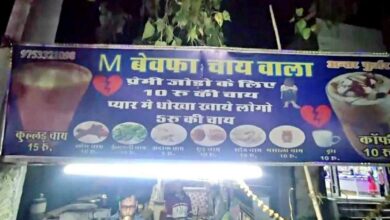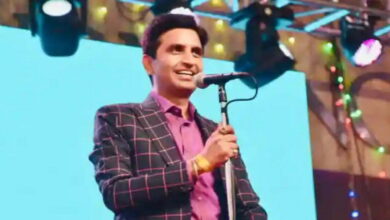Poor journalism in India?

We take great pride that India is the largest democracy in the world and it is also believed that the newspaper is the most capable pillar of democracy. Khabarpalika means newspaper, TV, cinema, internet etc. If they are not free, then that democracy is hollow. Reporters Without Borders, an organization that measures this quality of democracy, has told in its report this year that India was ranked 142nd. Sliding down from him, he has now become 150th. Among 180 countries of the world, Myanmar, China, Turkmenistan, Iran, Eritrea, North Korea, Russia, Belarus, Pakistan and Afghanistan etc. come more than India.
After researching about India, this organization has recognized that India’s communication system is in danger, because violence against journalists, media’s government and media being confined to a handful of owners have become commonplace these days. It has also been said in this report that the supporters of Hindutva have become very intolerant. They attack their opposing views. Governments intimidate and harass journalists by misusing the law. The Hindu people of the upper castes have kept their hold on journalism. The biggest weapon the government has to keep the media under control is advertising. It distributes advertisements worth 130 billion rupees every year. Billions Rs. How will the salivating media write Iman Ki Baat on this advertisement? All the newspapers and journalists have become happy.
India does not fit even one of the five criteria for media freedom that this organization has set. These are the political context, the law, the economic situation, the socio-cultural context and the protection of journalists! How can this analysis of this organization be ingested without chewing it? Some of its facts seem to be true. Like violence against journalists but incidents of such sporadic violence happen in every regime. Such incidents happen in journalism, in every field. It is true that these days many crazy extremists keep spewing venom against journalists, Muslims, opposition leaders etc. in the name of Hindutva but India’s own people do not give any importance to them. It is true that the ruling leaders do not openly oppose these extremist elements. This deficiency is definitely there but the newspapers and TV channels of India do not spare them at all. As far as the courts are concerned, their impartiality is undeniable.
They do not hesitate to punish them. It is true that the owners of big newspapers and TV channels often do not openly condemn the wrong things of the government, but this fact is found in those countries which keep on beating their democracy all over the world. I have lived in dozens of countries of the world in the last 50-55 years and have been watching their newspapers and channels in India as well, but I have never felt that there is any restriction on journalism in India except during the emergency 1975-77. Yes, if the journalists and the owners of the newspapers themselves are submissive or selfish, then there is no cure for that. If the journalist is strong, then the owner of any newspaper or the government does not dare to bow down to any fear or greed. There are hundreds of such journalists, newspapers and TV channels in India who are not less than anyone in the world in their fairness and fearlessness. That is why I find this report calling India’s journalism as poor as one-sided.






